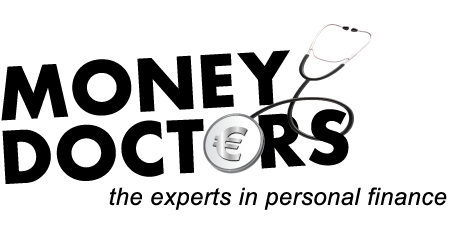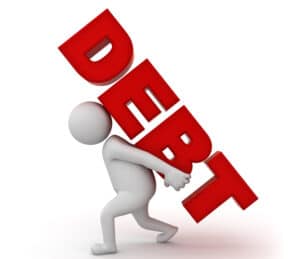“Buy Now, Pay Later” (BNPL) schemes have surged in popularity over recent years, offering consumers a seemingly convenient way to purchase products and spread out payments over time normally 3 payments that do not carry any interest costs. While these schemes can provide short-term financial flexibility especially if you pay over the agreed term, they also pose significant risks and potential dangers that consumers should carefully consider. John Lowe of MoneyDoctors.ie explores the various dangers associated with BNPL schemes, including financial overextension, hidden costs, credit score impacts, and psychological effects.
One of the primary dangers of BNPL schemes is the risk of financial overextension. These plans often promote the idea of making affordable payments, but consumers may underestimate the total cost of their purchases or overcommit themselves financially. Since BNPL companies typically do not conduct thorough credit checks or may offer high approval rates, consumers might feel encouraged to buy more than they can afford. This can lead to accumulating multiple payments that strain their budgets, especially if they are unable to keep up with scheduled instalments. Over time, this can result in debt spirals where consumers are caught in a cycle of continuous borrowing to cover previous obligations.
Hidden costs and fees are another significant concern. While BNPL schemes often advertise interest-free instalments, they can impose late fees, service charges, or penalties if payments are missed or delayed. These fees can quickly add up, making the overall cost of the purchase much higher than initially anticipated. Furthermore, some schemes may have complex terms and conditions that are not immediately transparent, leading consumers to inadvertently incur additional charges. This lack of transparency can cause financial surprises, further exacerbating debt issues and reducing trust in the financial system.
Impact on credit history is also a critical danger. Although some BNPL providers do not report payments to credit agencies, others do, and missed or late payments can negatively affect a consumer’s creditworthiness. A damaged credit score can hinder future borrowing opportunities, including loans, mortgages, or credit cards. Consumers might not realise that their use of BNPL schemes can impact their credit profiles, especially if they fail to make payments on time. This unintended consequence can have long-term repercussions on their overall financial health.
Psychologically, BNPL schemes can encourage impulsive spending and reduce consumers’ perceived sense of financial control. The ease of making small, deferred payments can create a false sense of affordability, leading individuals to make unnecessary or extravagant purchases. This phenomenon, sometimes referred to as “buy now, pay later” addiction, can foster unhealthy spending habits and a mindset where consumers prioritise immediate gratification over financial stability. Over time, such habits can contribute to chronic debt problems and financial stress.
Additionally, BNPL schemes can be particularly risky for vulnerable populations, such as young people, those with low financial literacy, or individuals facing economic hardship. These groups may lack the experience or knowledge to fully understand the terms and risks involved, making them more susceptible to debt accumulation and financial distress.
In conclusion, while BNPL schemes offer convenience and short-term flexibility, they come with significant dangers that can have lasting financial consequences. Consumers should be cautious and fully aware of the potential pitfalls, including the risk of overextending their finances, hidden fees, negative impacts on their credit history, and fostering impulsive spending habits. Financial literacy and responsible borrowing are essential to ensure that these schemes serve as a helpful tool rather than a source of financial hardship. Ultimately, understanding the risks associated with BNPL can help consumers make more informed decisions and avoid falling into debt traps.

